#Archaeology
Text
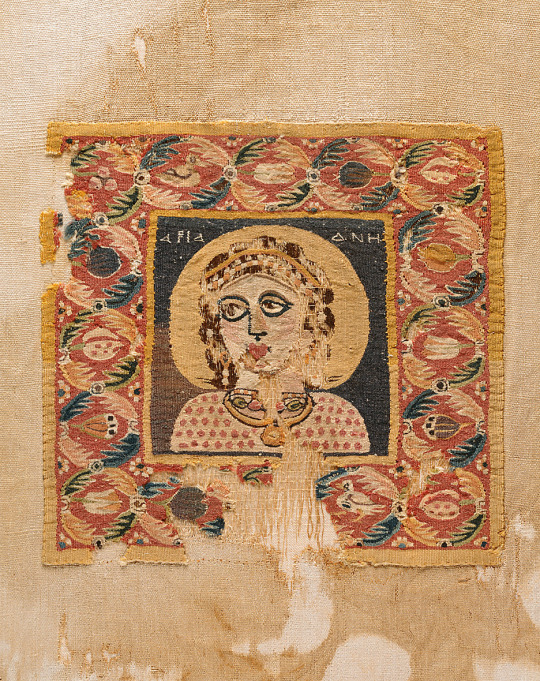

~ Ariadne and Dionysus.
Period: Late Roman/Late Antiquity
Date: A.D. 3rd-5th century
Place of origin: Achmim, Egypt
Medium: Wool on linen, colored knitting
#ancient#ancient art#history#museum#archeology#ancient history#archaeology#wool#ariadne#Dionysus#Achmim#Egyptian#Egypt#ancient egypt#3rd century#5th century
668 notes
·
View notes
Text

The Tunnel of Light in Petra Jordan
486 notes
·
View notes
Text


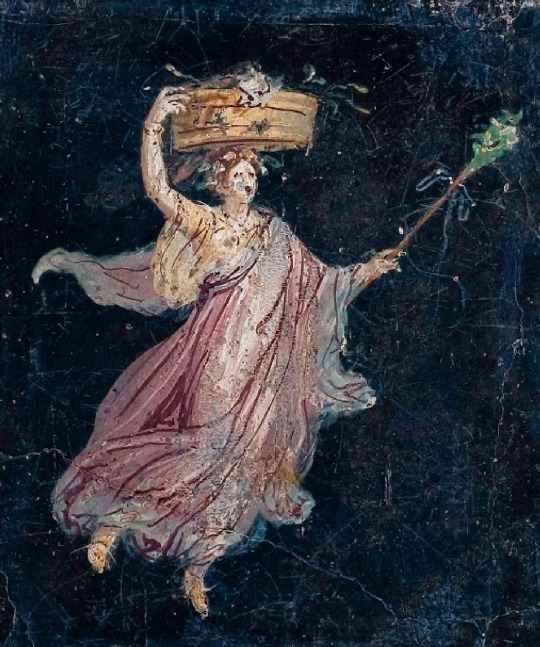

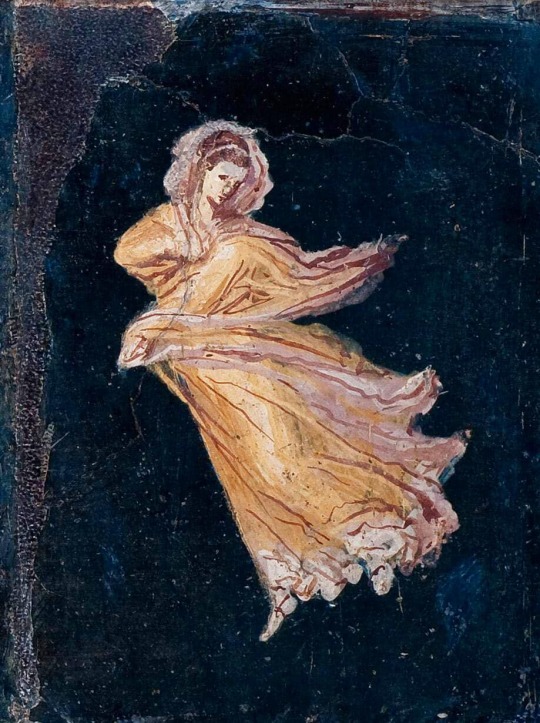
From Villa of Cicero, Pompeii.
106 notes
·
View notes
Text

Gladiator- original
65 notes
·
View notes
Text
45 notes
·
View notes
Text
Humans have modified their bodies in various ways throughout history, tattooing, piercing, scarring, implanting, or even deforming parts of their anatomy. In spite of its ubiquity, it's not always clear why. Cultural traditions are a strong factor, as are beauty standards, which vary across time and place.
A new analysis of remains of individuals who lived in Viking Age Gotland around a thousand years ago suggests that their own body modifications reinforced social identities.
Continue Reading.
44 notes
·
View notes
Text


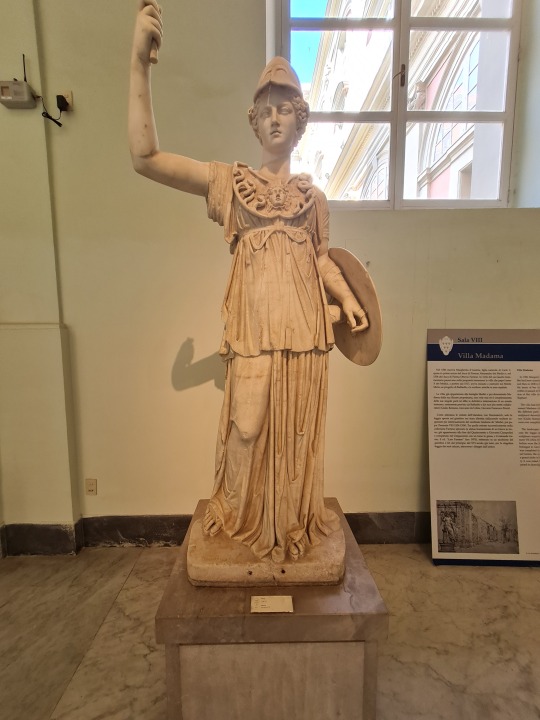
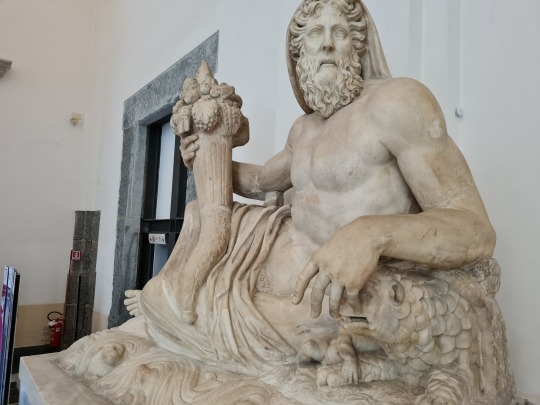
Roman statues of gods in Museo Archeologico Nazionale di Napoli
1: Marble statue of Aphrodite, Dresden-Capitoline style, a Roman copy made 140-160 AD after a Greek original 300-200 BC.
2. Marble statue of Antinous as Bacchus, 2nd century AD.
3. Roman copy of the Athena Parthenos.
4. Roman statue of a river deity (the Nile?), 2nd century AD.
#archaeology#napoli#naples#museum#statues#sculptures#art#history#art history#roman art#roman statue#culture#travel#travel photography#photography#museum photography#art photography#photographers on tumblr#art museum#greek gods#aphrodite#emperor hadrian#antinous#bacchus#athena deity#greek mythology
22 notes
·
View notes
Text
16 notes
·
View notes
Text
A murder mystery film set in a medieval village. After an outbreak of plague, the villagers make the decision to shut their borders so as to protect the disease from spreading (see the real life case of the village of Eyam). As the disease decimates the population, however, some bodies start showing up that very obviously were not killed by plague.
Since nobody has been in or out since the outbreak began, the killer has to be somebody in the local community.
The village constable (who is essentially just Some Guy, because being a medieval constable was a bit like getting jury duty, if jury duty gave you the power to arrest people) struggles to investigate the crime without exposing himself to the disease, and to maintain order as the plague-stricken villagers begin to turn on each other.
The killer strikes repeatedly, seemingly taking advantage of the empty streets and forced isolation to strike without witnesses. As with any other murder mystery, the audience is given exactly the same information to solve the crime as the detective.
Except, that is, whenever another character is killed, at which point we cut to the present day where said character's remains are being carefully examined by a team of modern archaeologists and historians who are also trying to figure out why so many of the people in this plague-pit died from blunt force trauma.
The archaeologists and historians, btw, are real experts who haven't been allowed to read the script. The filmmakers just give them a model of the victim's remains, along with some artefacts, and they have to treat it like a real case and give their real opinion on how they think this person died.
We then cut back to the past, where the constable is trying to do the same thing. Unlike the archaeologists, he doesn't have the advantage of modern tech and medical knowledge to examine the body, but he does have a more complete crime scene (since certain clues obviously wouldn't survive to be dug up in the modern day) and personal knowledge from having probably known the victim.
The audience then gets a more complete picture than either group, and an insight into both the strengths and limits of modern archaeology, explaining what we can and can't learn from studying a person's remains.
At the end of the film, after the killer is revealed and the main plot is resolved, we then get to see the archaeologists get shown the actual scenes where their 'victims' were killed, so they can see how well their conclusions match up with what 'really' happened.
#film ideas#plotbunny#murder mystery#detective stories#period dramas#middle ages#history#archaeology
19K notes
·
View notes
Text
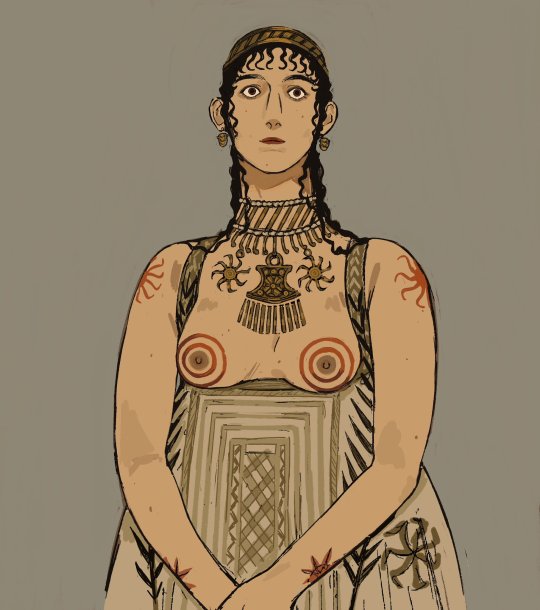

She
52K notes
·
View notes
Text
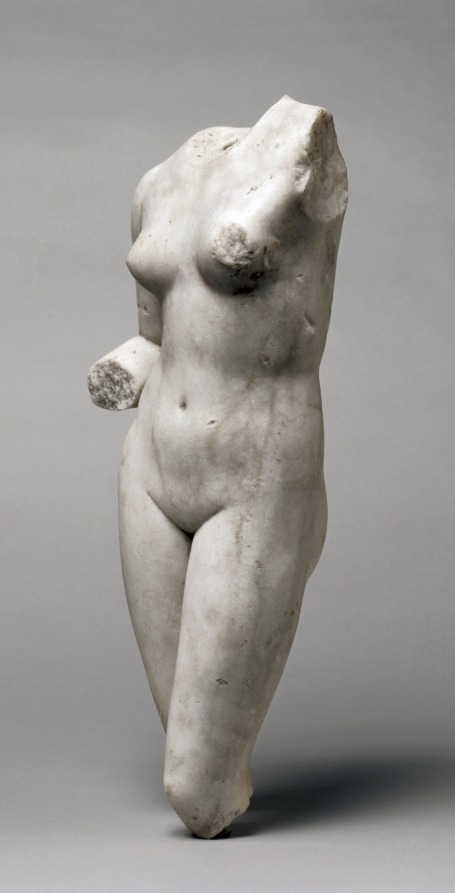

~ Torso of Venus.
Date: A.D. 1–200
Culture: Roman
Marble: Marble
#ancient#ancient art#history#museum#archeology#ancient sculpture#roman#ancient history#archaeology#ancient rome#roman empire#torso of venus#venus#marble#1st century#3rd century
406 notes
·
View notes
Text
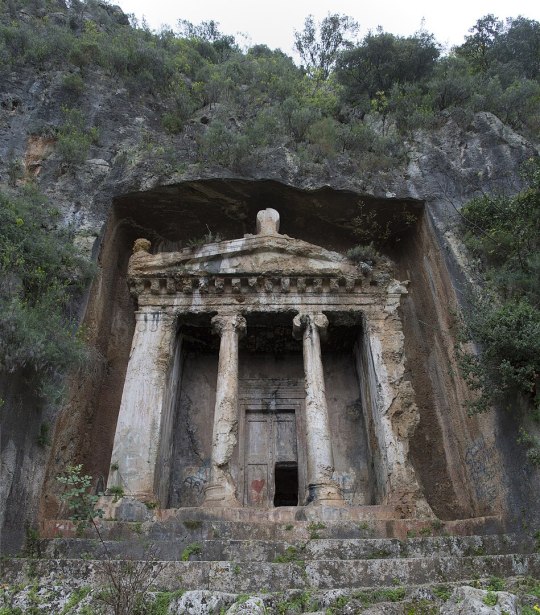
4th Century Lycian Tomb in Fethiye Turkey
395 notes
·
View notes
Text

Head of Oceanus, detail of a mosaic from Baths of Themetra near Sousse, beginning of the 3rd century AD, Sousse Archaeological Museum, Tunisia
By: Carole Raddato (CC)
73 notes
·
View notes
Text




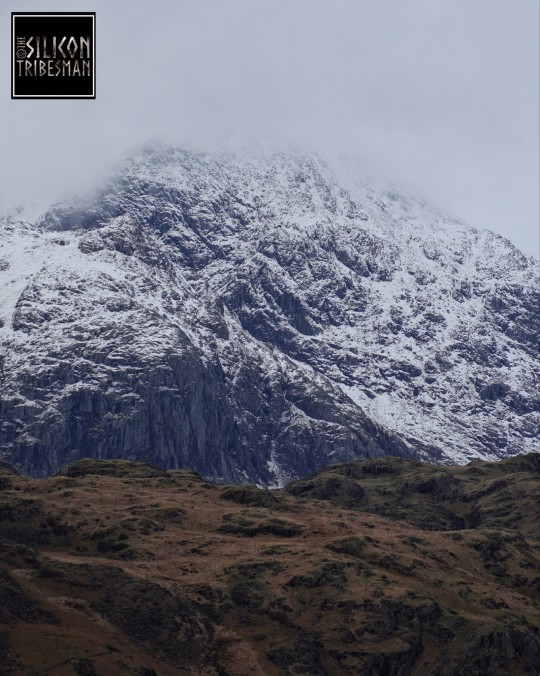
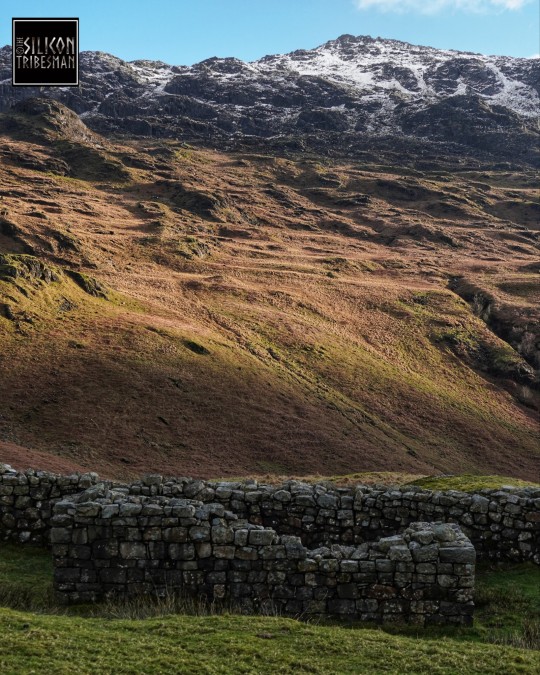



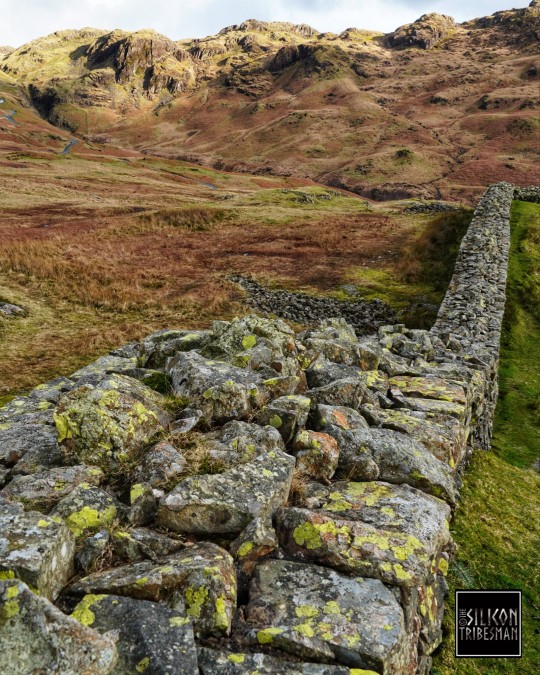
Hardknott Roman Fort and Hardknott Pass, Lake District
#roman empire#roman#roman britain#roman army#roman soldiers#archaeology#Roman ruins#ancient cultures#ancient living#stonework#shadows#outdoors#walking
44 notes
·
View notes
Text

The Demna Baptistry - 6th century AD - in the Bardo Museum. This early Christian baptismal font is richly decorated with mosaics discovered in Demna. It is one of the finest Christian mosaics to have been found in Africa, and even throughout the Roman world.
Photography and text by Dennis Jarvis (CC)
21 notes
·
View notes
Text
39 notes
·
View notes